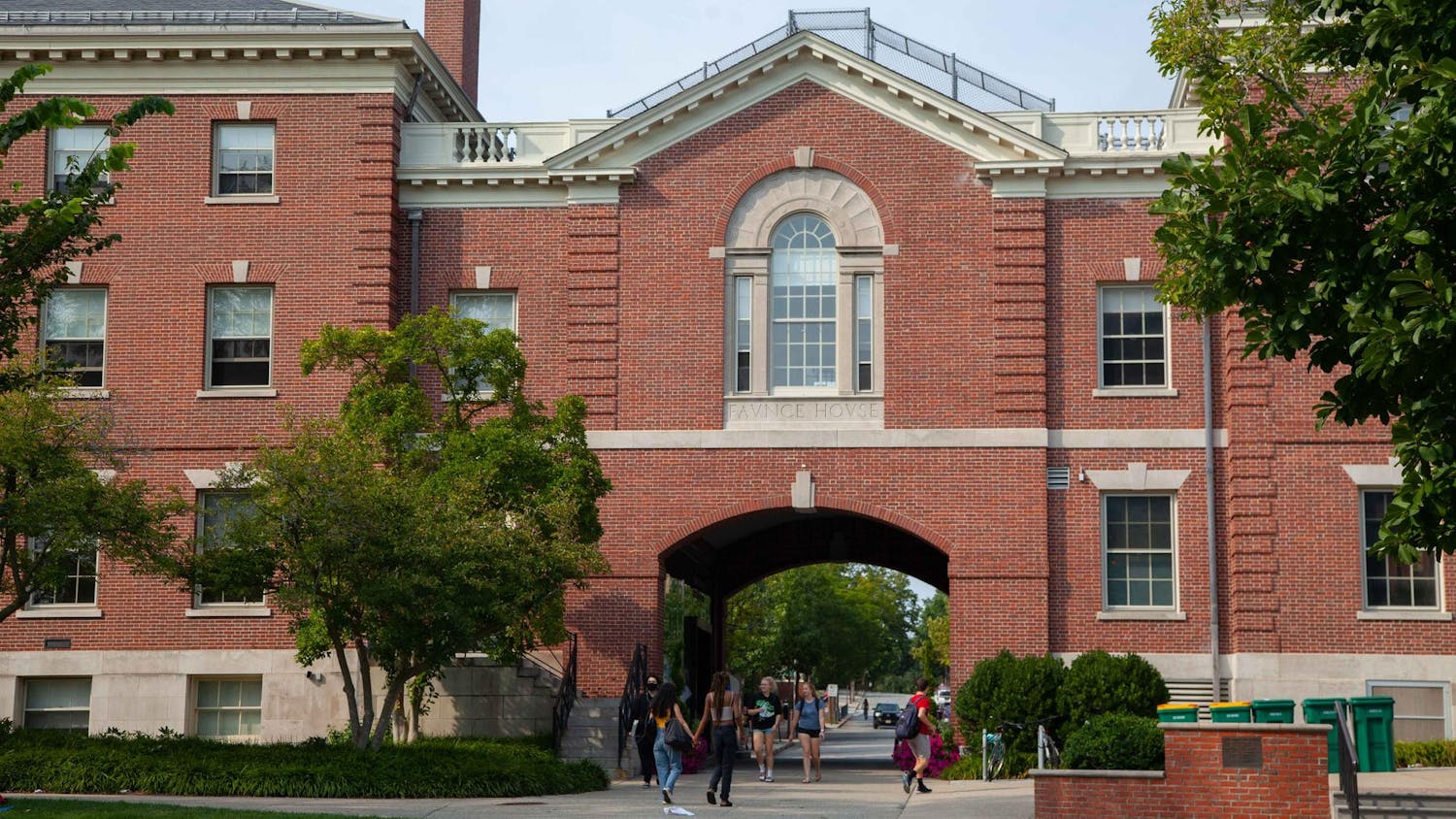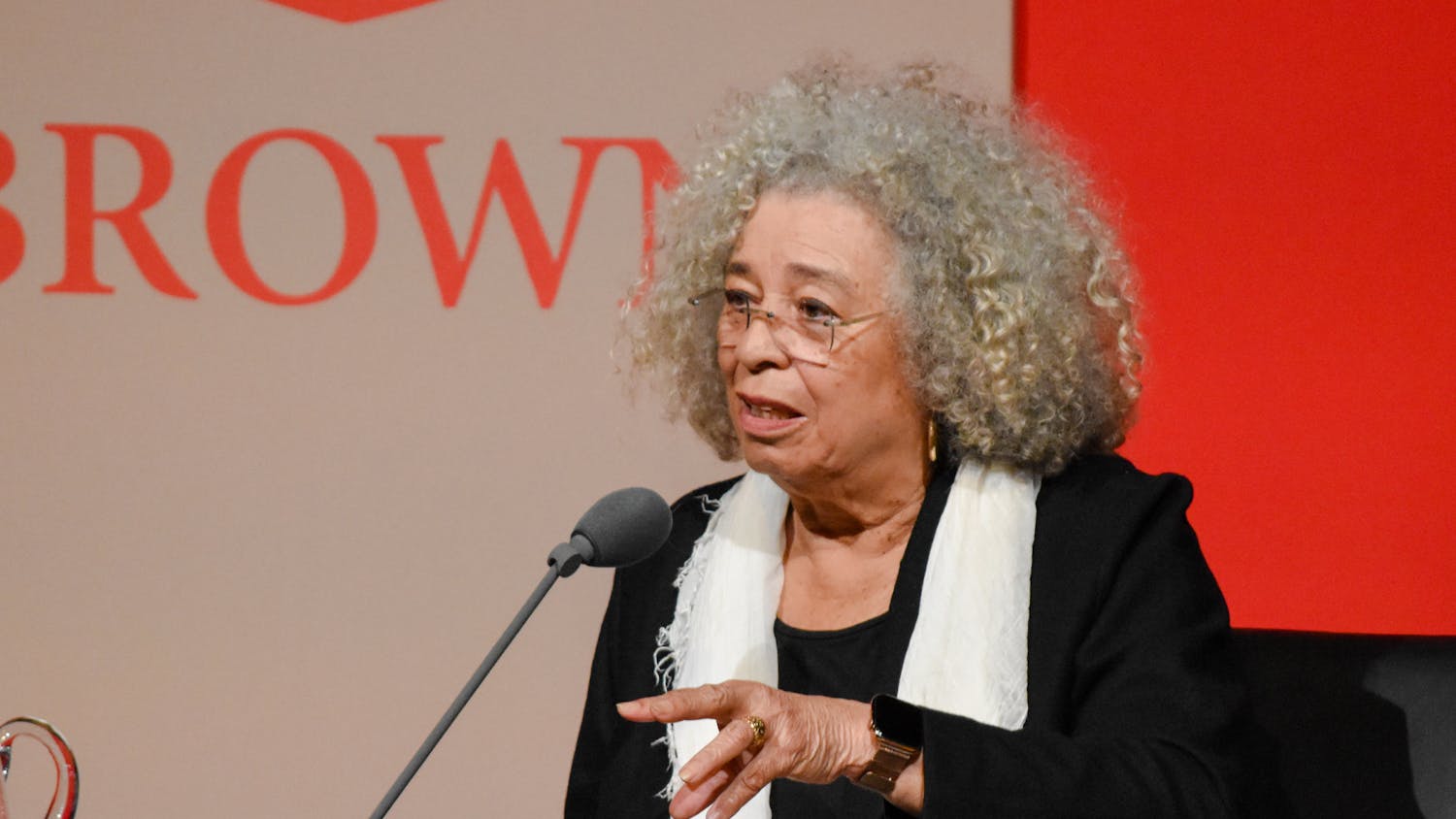The University is moving ahead with plans to install a Digital Scholarship Lab in the Rockefeller Library by next fall.
The idea for the lab stemmed from a 2010 collaborative project between Professor of Italian Studies Massimo Riva, Professor of Computer Science Andy Van Dam and University Librarian Harriette Hemmasi called "Garibaldi on the Surface." The project, which involved a digitized form of the 1860 Garibaldi Panorama painting on a touch-screen surface, was "the genesis of this whole idea," Hemmasi said.
The project centers around a wall, roughly 16 feet by seven feet and constructed from at least 12 high-definition panels totaling 25 million pixels. While the computers controlling the panels will be touch screen, the main panels will not be.
The wall is "easily four times higher resolution than the best projector" said John Huffman, manager of the Center for Computation and Visualization user services and applications. Huffman also said the wall will have high pixel density — roughly five times that of a projector, even on the large surface area it will cover.
The lab's room will serve multiple functions. Several computers will be able to be plugged into the wall at one time to allow for collaborative work that can be shared and compared internationally. A screen of such size and quality will make it easier to view large images — such as a photo of a planet — by limiting "panning and zooming," Huffman said. The lab will also be able to display detailed maps with layered information.
Hemmasi said the Rock is an ideal location for the lab because the library is open 18 hours a day and not owned by any department. Students and faculty will both be encouraged to use the room, which could be used for classes but, like other small workrooms in the library, will also be open for individual work. The lab will be in the Serials Workroom, which will be slightly expanded to fit at least 20 people.
Huffman developed many of the lab's technical aspects. He described the big high-definition wall as a "natural fit for the libraries," adding that it will complement other technology on campus such as the Cave, the University's virtual reality lab.
Provost Mark Schlissel P'15 called the proposal for the lab a "fantastic extension of the capabilities of the library," adding that he had "never in his life" seen something like it.
A dozen faculty members from various fields were interviewed over the summer and agreed the possibilities for collaboration through this space were significant, Hemmasi said.
This project is one way in which the University Library is working with Computing and Information Services to remain an effective workspace in light of new technologies.
"The nature of the Library is really changing, and this new room is one of the ways the library is changing," Schlissel said. "It's reimagining itself from a place people go to touch things with their hands and assimilate them with their eyes to a … place to access and manipulate information."
Funding came in large part from the family of Sidney Frank '42 and other anonymous donors. The total cost is not yet known but will come primarily from the cost of equipment and not from construction, Hemmasi said.
"Now, if you go to a computer lab on campus, mostly you're going to find what you have in your dorm," Hemmasi said. "This is definitely beyond what you have in your dorm."




